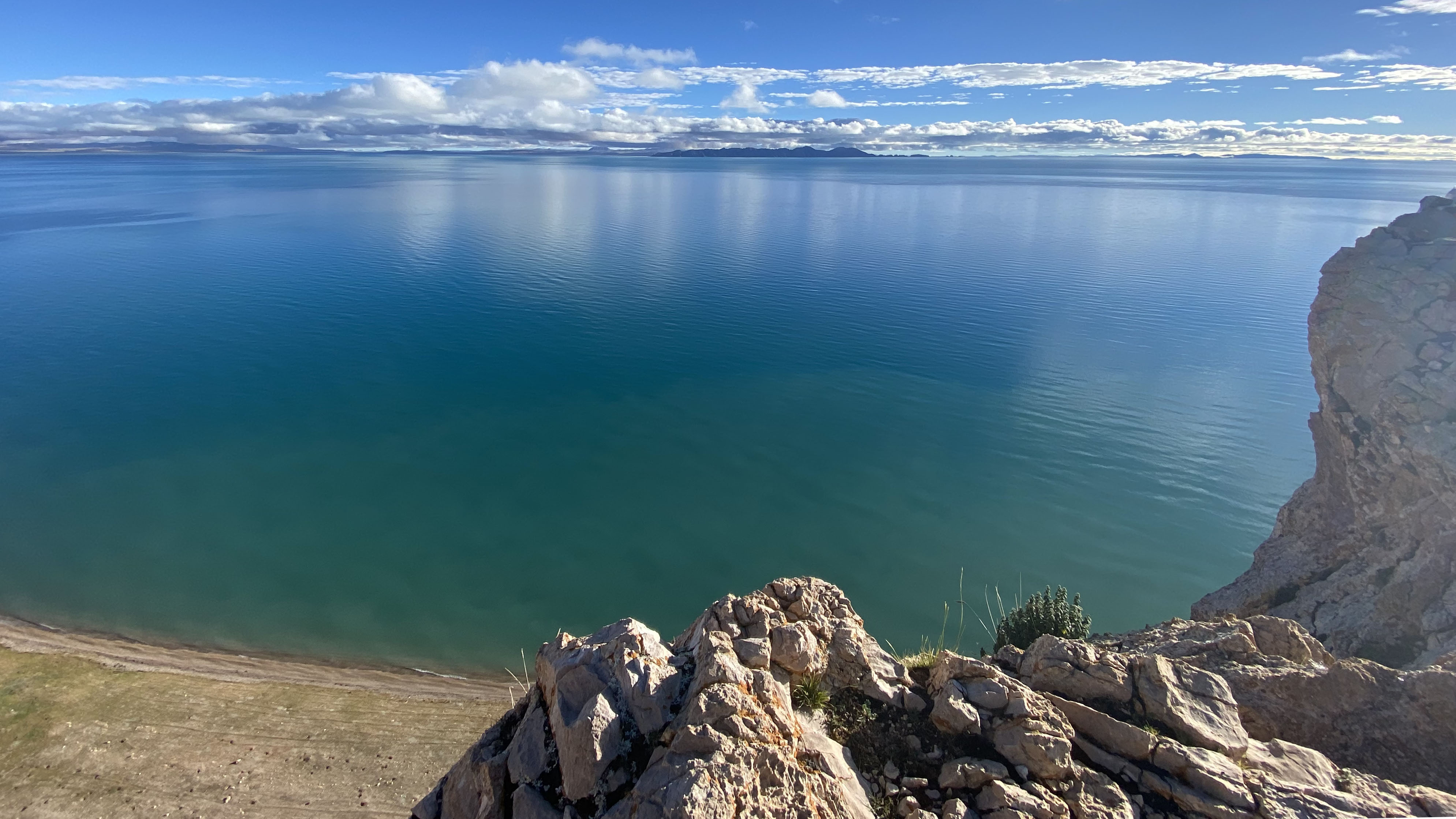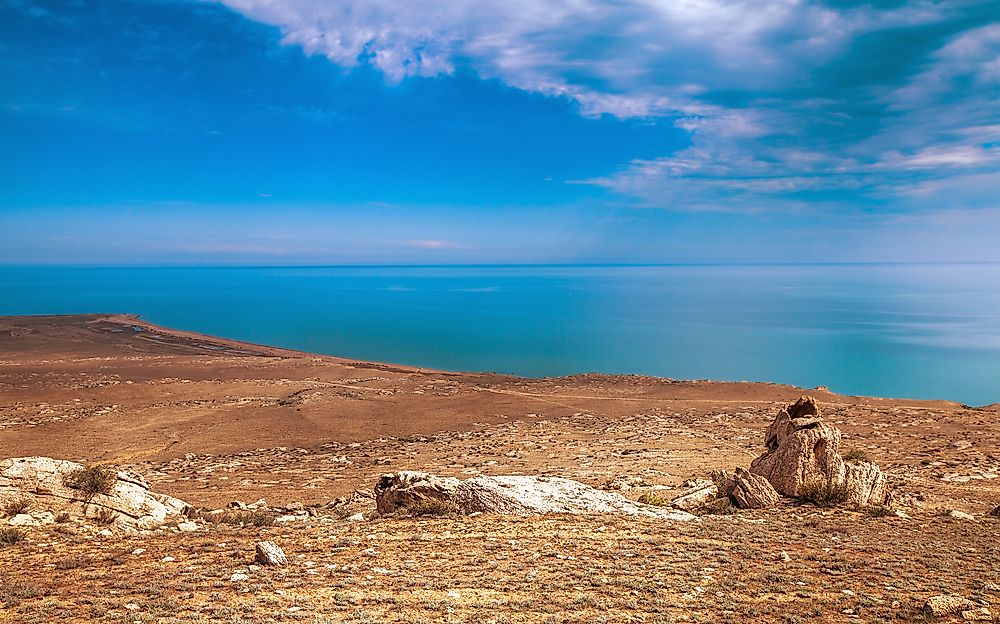
Introduction
When it comes to natural wonders, few things can compare to the beauty and majesty of the world's lakes. From the tranquil waters of small mountain lakes to the vast expanse of the Great Lakes, these bodies of water provide a home to countless species of fish and wildlife, as well as endless opportunities for recreation and relaxation.
One lake, in particular, stands out as the largest in the world, both in terms of surface area and volume. This lake is none other than Lake Superior, located in North America.
Location and Geography
:max_bytes(150000):strip_icc()/GettyImages-879912602-5b37e44546e0fb00374a85f3.jpg)
Lake Superior is located on the border between Canada and the United States, with the majority of its surface area lying within the latter country. It covers an astounding 31,700 square miles (82,100 square kilometers), making it the largest freshwater lake in the world by surface area.
The lake is also incredibly deep, with a maximum depth of 1,333 feet (406 meters). This depth, combined with its large surface area, gives Lake Superior a volume of 2,900 cubic miles (12,100 cubic kilometers), making it the third-largest lake in the world by volume.
History and Culture

For thousands of years, Lake Superior has been an important part of the culture and history of the people who live in the region. Native American tribes, such as the Ojibwe and Huron, have long called the shores of the lake home, using its waters for fishing, transportation, and spiritual purposes.
European explorers first encountered the lake in the 17th century, and it quickly became an important hub for trade and commerce. Today, the lake is still a vital part of the economy of the region, with industries such as shipping, mining, and tourism all relying on its waters and resources.
Wildlife and Conservation

The waters of Lake Superior are home to a rich and diverse array of wildlife, including fish such as lake trout, whitefish, and salmon, as well as a variety of bird species, such as bald eagles and ospreys.
Despite its size and ecological importance, Lake Superior is not immune to the threats posed by pollution and climate change. Efforts are underway to protect and preserve the lake's delicate ecosystem, including measures to reduce pollution, combat invasive species, and promote sustainable use of its resources.
Recreation and Tourism

For those looking to experience the natural beauty and recreational opportunities of Lake Superior firsthand, there are countless options available. Visitors can swim, fish, boat, hike, and camp in and around the lake, taking in the stunning scenery and enjoying the many amenities and attractions that the region has to offer.
Whether you're a nature lover, an outdoor enthusiast, or simply looking for a relaxing getaway, Lake Superior is a must-visit destination that offers something for everyone.
Conclusion
In conclusion, Lake Superior is truly one of the world's most awe-inspiring natural wonders. Its size, beauty, and rich history and culture make it a must-see destination for anyone interested in the great outdoors.
Whether you're exploring its shores for the first time or returning for a repeat visit, there's no denying the magic and majesty of this incredible lake.
